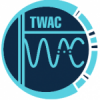TWAC naturally requires an interdisciplinary approach, as it requires expertise in accelerator physics, photonics and health, provided by the partners involved in the project.
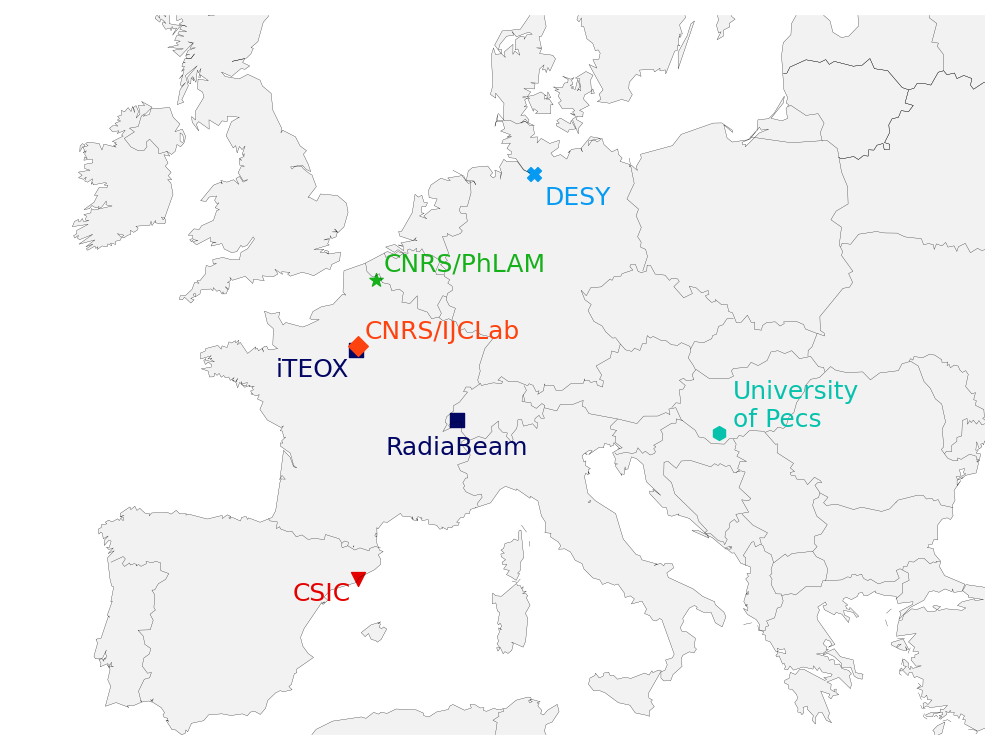
Partners & expertise
-
CNRS/IJCLab
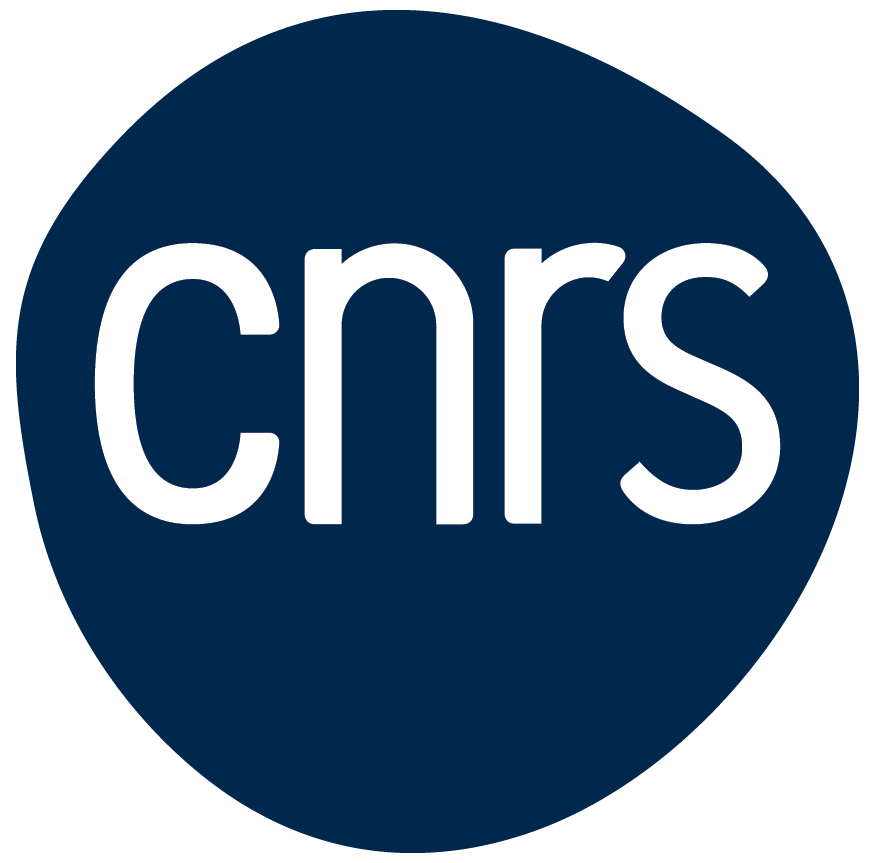
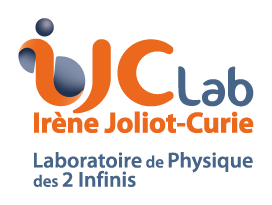
Accelerator physics, High energy laser, TWAC protoype
-
CNRS/PhLAM

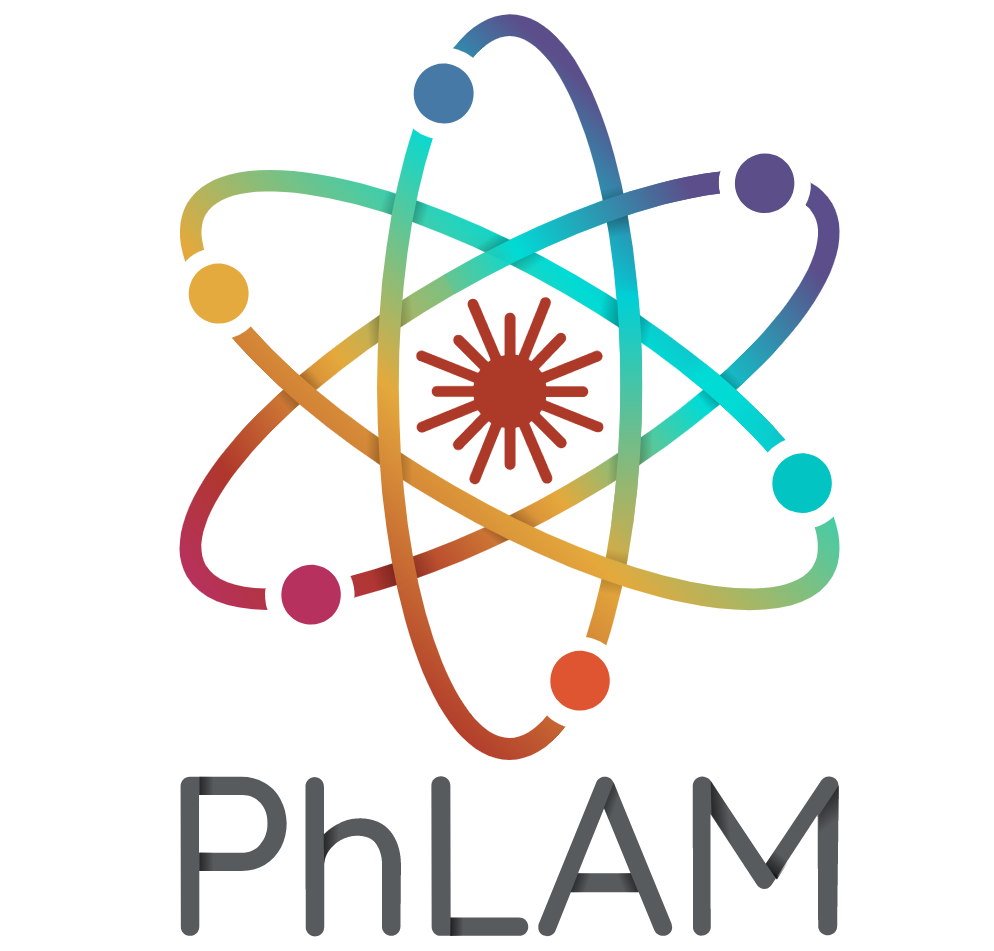
PhLAM, Laboratory of Physics of Lasers, Atoms and Molecules, is a mixed research unit under the dual supervision of the CNRS and the University of Lille. The research themes of PhLAM are mainly oriented towards the light-matter interaction. The research activity of the DYSCO (DYnamics of COmplex Systems) team focuses on the study of complex systems in nonlinear optics and biology. The main asset of the team is to conduct studies ranging from modeling to experiments through numerical simulations.
Within DYSCO, the DYNACC (Dynamics of Accelerators) group has a recognized expertise in photonics and at the interface between photonics and accelerator physics. Achievements include the development of novel ultrafast measurement systems for optical and THz light and ultra-short relativistic electron bunches. DYNACC also has a 15+ year-long experience of collaboration with accelerator facilities. The collaboration network has been including Super-ACO, SOLEIL, UVSOR (Okazaki, Japan), KARA (Karlsruhe), DESY (Hamburg), FERMI (Trieste), ELBE (Dresden). Since 2006, DYNACC has been focusing on the complex dynamics of relativistic electron beams, with successful control of instabilities at Synchrotron SOLEIL, and contributed to the first Laser Plasma Accelerator-based Free-Electron Laser.
A major theme of the Photonics team of PhLAM is the development of innovative optical materials and complex optical fibers. In the framework of TWAC, the FiberTech Lille platform contributes to the realization of the ZITA prototypes.
-
CSIC

The Institute of Microelectronics of Barcelona, IMB-CNM, belongs to the Spanish Research Council (CSIC), which is the largest public R&D organization in Spain. IMB-CNM-CSIC is the largest public microelectronics center in Spain and its main activity is research and development in silicon-based micro- and nano-electronics, devices and systems. The Radiation Detectors Group (RDG) at IMB-CNM, which is involved in TWAC, has large experience in the design, simulation, test and fabrication of customized solid-state radiation detectors. In particular, in recent years, RDG has consolidated its Dosimetry division by developing advanced microdetectors for microdosimetry, FLASH therapy, neutron detection as well as new dosimeter materials. In TWAC, RDG is in charge of the dosimetry evaluation with new Silicon Carbided based dosimeters.
-
DESY
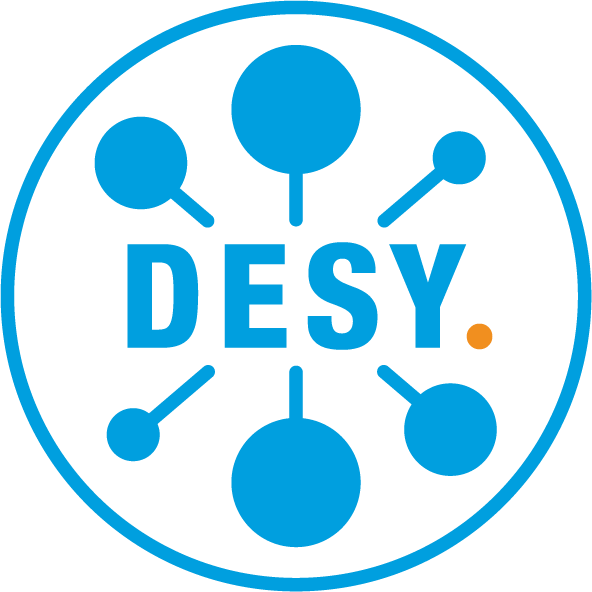
DESY (Deutsches Elektronen–Synchrotron) is a research centre of the Helmholtz association with two sites established in Hamburg (Germany) and in Zeuthen (Brandenburg, Germany). It is one of the world’s leading particle accelerator centres, with now more than 60 years of existence (foundation in December 1959). DESY develops, builds and operates large particle accelerators devoted to host users from all around the world, the synchrotron light source PETRA III, the free electron laser FLASH and the hard X-ray free electron laser European XFEL being the current flagships. The past and present large-scale facilities at DESY enables to investigate the structure of matter at various scales, from the elementary particles to the largest organic molecules.
Among the several topics under study in the Accelerator Research and Development at DESY, two of them are especially relevant to the objectives of the TWAC project: (i) generation of ultra-short and high-brightness electron bunches and (ii) diagnostics of conventional and advanced beams. DESY’s infrastructure will be directly involved in the TWAC project through the ARES (Accelerator Research Experiment at Sinbad) linear electron accelerator. Within the framework of TWAC, advanced and compact bunch duration diagnostics are tested on ARES and their performances are benchmarked with an X-band transverse deflecting structure (PolariX-TDS).
-
iTEOX

iTEOX is a small company specializing in custom instrumentation for research and research-based product development. iTEOX brings its user-oriented product development expertise to the TWAC project.
-
Univeristy of Pécs

High power THz source
-
RadiaBeam

RadiaBeam is a particle accelerator R&D, design, engineering and manufacturing company founded in 2004 and located in Santa Monica, California. Its European Office is located in Geneva, Switzerland. It provides accelerator design services, accelerator systems, as well as accelerator products such as RF structures, magnets and beam diagnostics.
